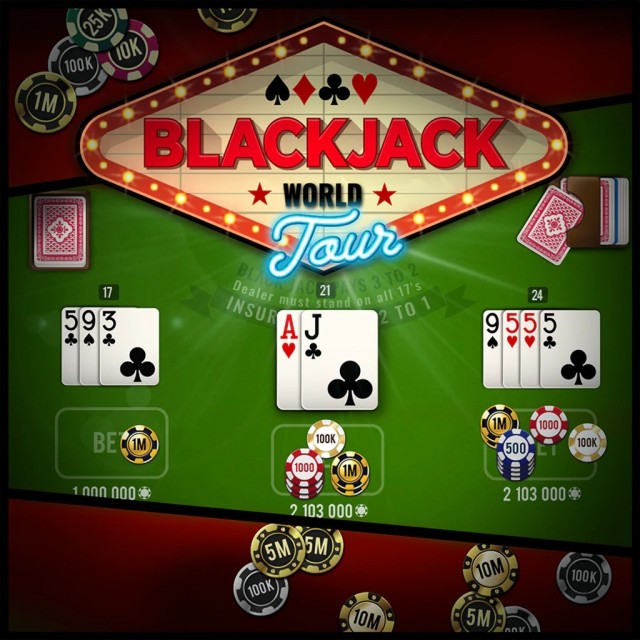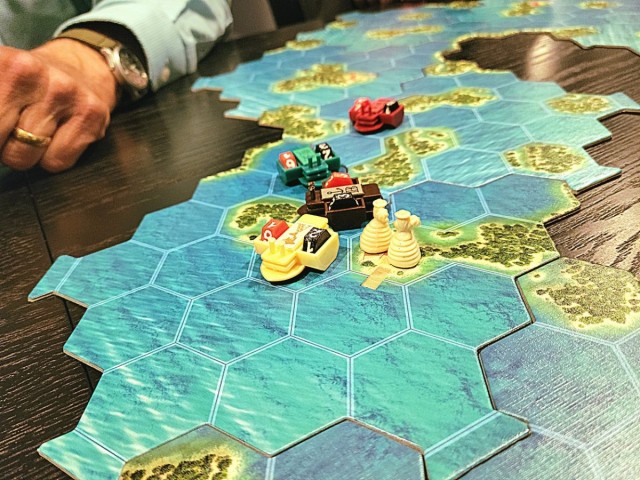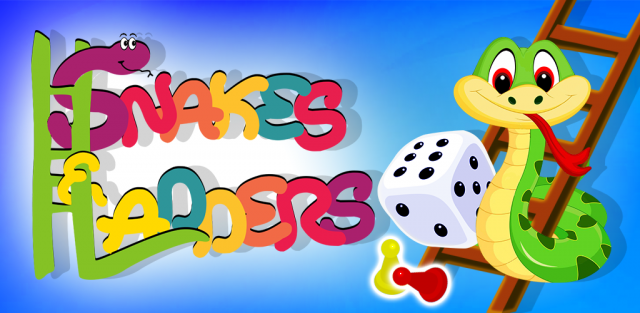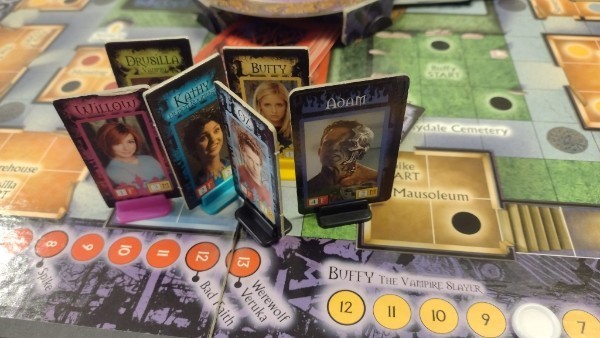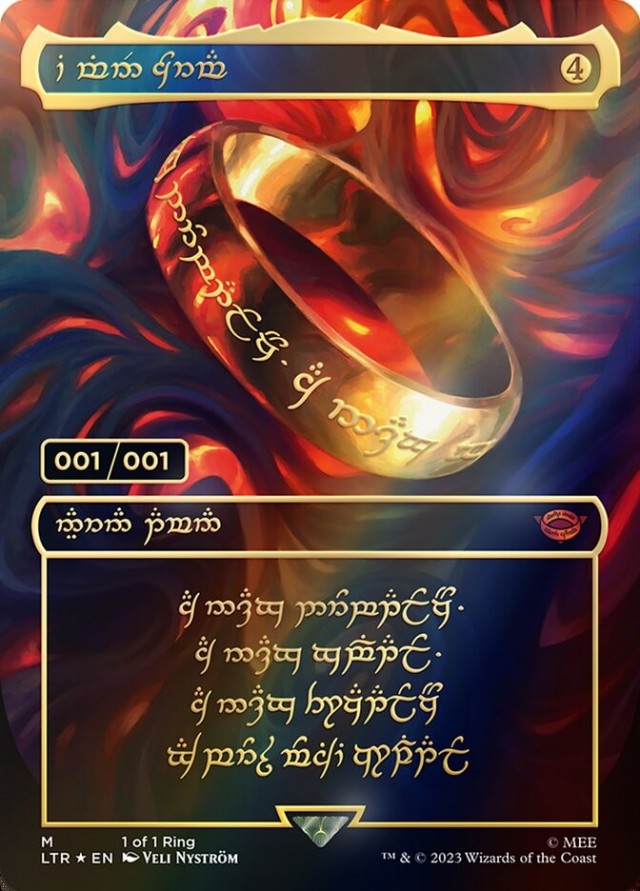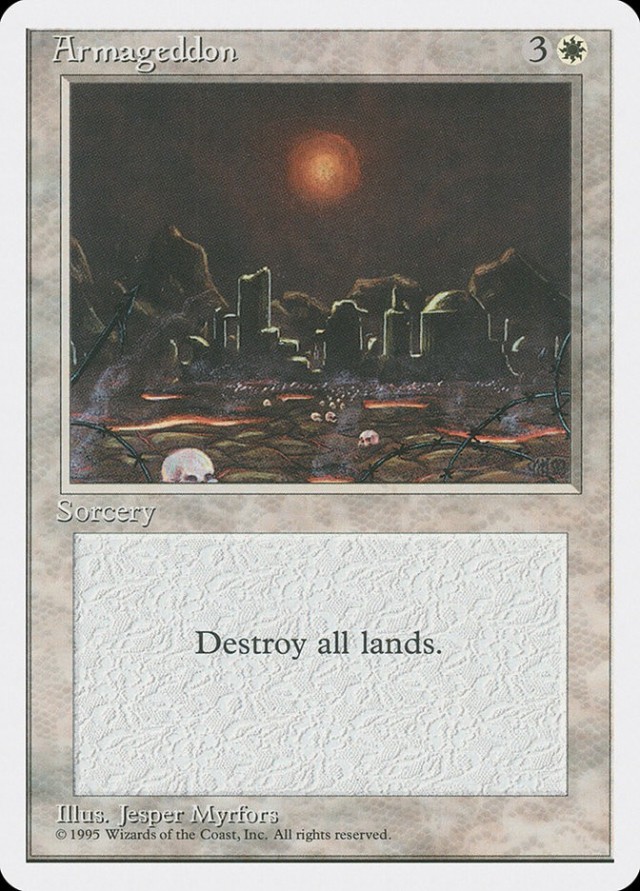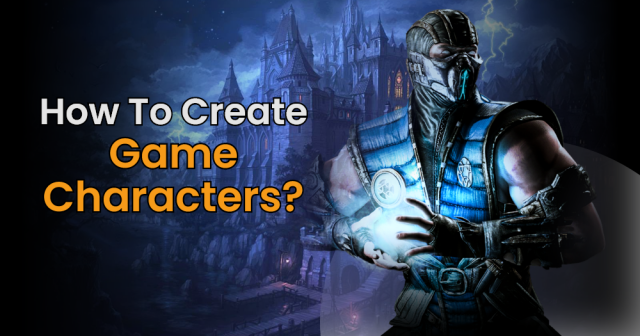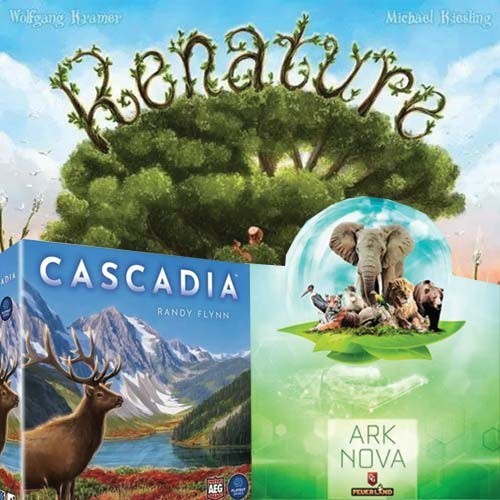When I originally wrote some ruminations about magical numbers and boardgames, Steven Davis suggested I should talk about this in relation to card games, such as card hand size. I’m not a person who plays standard card games, though I have played Old Maid, Canasta, Euchre, and even Poker in the distant past, and still may play Oh Hell once a year. But I’ve never played Uno, let alone Hearts or Spades or Gin Rummy. But lately I find myself designing games that use cards, though not the standard deck.
One of the benefits of cards is that there is a natural limit to play that does not exist in boardgames, that is, the exhaustion of the draw deck. And card games naturally fall into relatively short sessions (one hand), though most traditional card games are played through several hands.
Hand size varies a lot in card games using the standard deck of cards. One of the smallest hands is an Texas Hold ‘em (two cards) though more typical in poker is five cards. Magic: the Gathering starts with seven. I have made a brief list of hand size in some card games, and I’d judge that a hand size of five to seven cards is most common. (I’m not counting games like Bridge and Old Maid where all the cards are dealt out.)
I like to design screwage games, which are pretty popular at the university game club I attend, and there I’ll start with somewhere between five and seven cards. If I don’t have a strong feeling about where to start I’ll pick a larger number because that gives players more choices within the context of the usual card game limitation that there are typically fewer choices than in a boardgame.
When I design a boardgame that uses event cards I typically start players with five and see how it works out. In one case, for a space wargame with three to five players, I reduced the number to four, three when there are five or more players, because the event cards had too strong an influence over the game. Event cards are there for variety and uncertainty, not to dominate the game. (I will write a separate piece about uses of event cards.)
The number of starting cards also depends on how many cards are available in the deck and on how many people typically play. It doesn’t take much time to work out approximately how many rounds a game will take if players are drawing one card at a time and there are a given number of cards. Multiply the hand size times the number of players, subtract that from the number of cards available, divide the result by the number of players to get the number of rounds.
Obviously, the more cards players start with, the more options they have. The question may be at what point are there too many options for your target audience. One way to broaden the appeal of a game is to reduce the number of decisions players have to make. (Another way is to reduce the number of exceptions to the rules that people must keep in mind.) So a hand of seven cards gives more options and decisions than a hand of five cards, but the question is, is it the right number of options and decisions for your game?
As a practical aspect as well, as the hand gets bigger people have more trouble coping with handling it, with keeping track of everything, even with being able to hold it in their hand so they can see all the cards.
In many games I don’t have a set hand size, or even a size limit. A few players like to collect lots of cards to get a big hand; but they rarely win when they do this, because they’re expending actions to draw while other players are doing something potentially more productive.
I find that people so often forget to draw cards, especially in games where you occasionally use a free-to-play card that you don’t replace, that in some games I have a simple rule that if you find yourself with fewer than five cards at any time you draw back up to five immediately.
What about deck size? I tend to stick to the old standard governed by printing capabilities of 55 cards per deck (or 110, or 165 . . .). A standard deck is 52, plus two jokers, plus a logo card. (I understand there is more variation now in printing machinery.) 55 is a lot of cards for many purposes, such as Event Cards. But a game that is purely cards often demands 110 cards or more, to provide sufficient variety and versatility.
I may as well make this observation about the card game process as well. The paradigm for standard card games is that a players plays a card, and draws a card, each turn. But which comes first? If the player draws the card afterward then he has time to think about how to use it and what to do next before his next turn. If the player draws to start the turn then everyone waits while the player thinks about what to do with this new card. On the other hand, if the player feels he has a poor set of cards then he’ll be happy to draw before he plays in hopes that he’ll draw something more satisfying. Also it may be easier for players to remember to draw before playing than to remember to draw after playing, especially if playing one card can result in some additional actions. But it’s so important for games to be shorter nowadays that I usually choose draw-after because that speeds up the game.
Of course, you can have games that use cards yet don’t follow the standard pattern of play one and draw one. For example as I recall, in Fluxx the number you draw varies according to cards that people have played during the game. In other games, drawing a card is one action among many possible actions, with a player taking two or three actions per turn, so he or she may draw two or three cards, or even none.
Finally I should mention free-to-play cards, also called “interrupt” cards: cards that you can play out of turn in certain circumstances. These are great for keeping players involved in a game even when it isn’t their turn, but can also cause a little frustration when someone notices too late that they have an interrupt card that they should have played. They are a source of surprise (which is usually good in a game) but if used too often, can make a game feel random. NC State Game Club members laugh because many of my card games include “Divine Intervention”, a card that cancels most other cards, as an interrupt. But there’s only one in a deck . . . Perhaps I’ll have more to say about interrupts when I write about Event Cards in boardgames.
 Games
Games How to resolve AdBlock issue?
How to resolve AdBlock issue? 